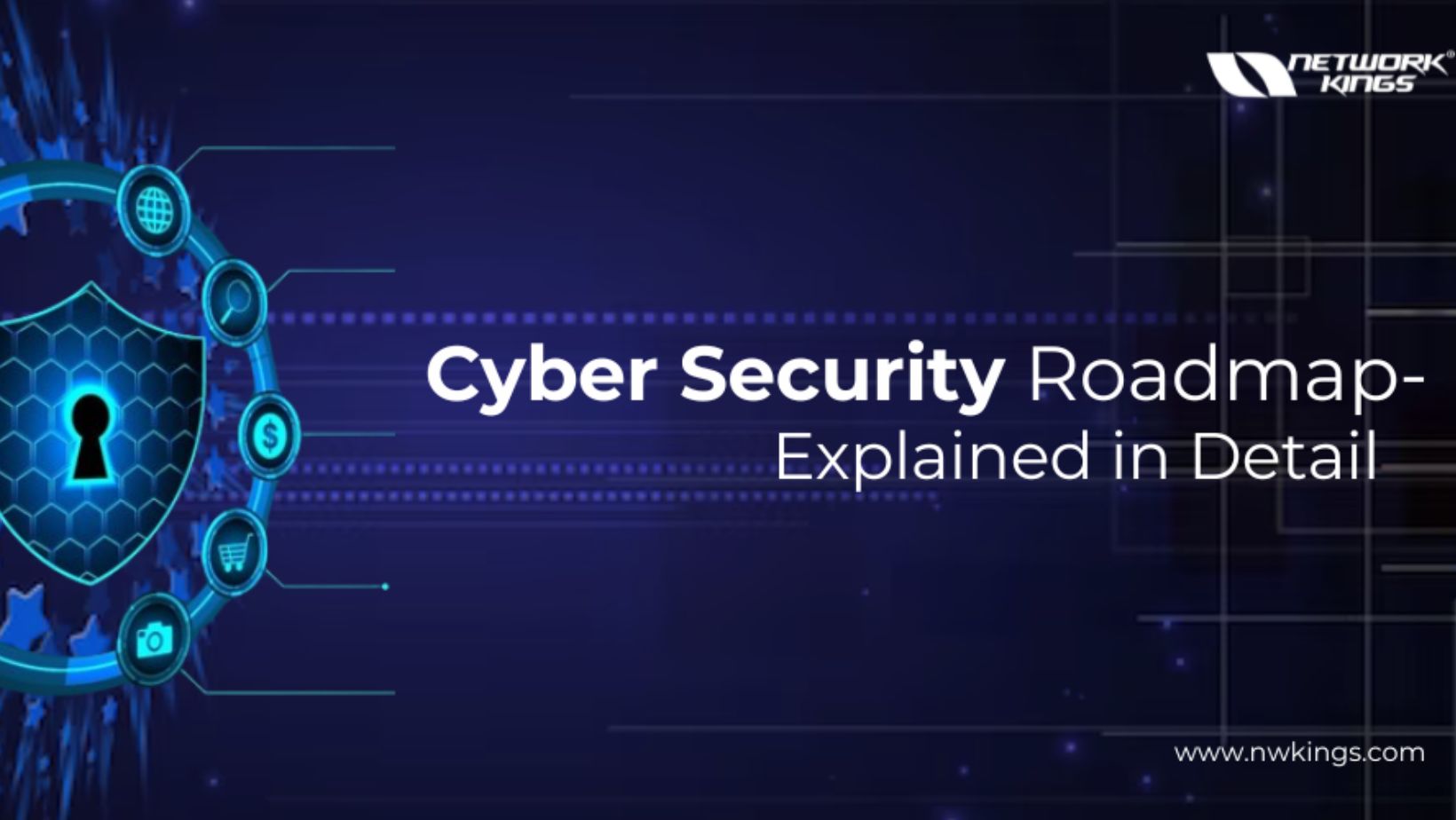Cybersecurity Roadmap
As we delve into the intricate world of cybersecurity, it’s crucial to have a well-defined roadmap in place. A cybersecurity roadmap serves as a strategic plan that outlines steps and milestones for enhancing an organization’s security posture. It provides a structured approach to identifying, prioritizing, and implementing security measures to safeguard against potential cyber threats.
Crafting a robust cybersecurity roadmap involves assessing current security protocols, identifying vulnerabilities, and establishing clear objectives for improvement. By mapping out key areas such as network security, data protection, access controls, and incident response strategies, organizations can proactively address security gaps and fortify their defenses against evolving cyber risks.
With the ever-evolving threat landscape facing businesses today, having a comprehensive cybersecurity roadmap is not just advisable – it’s imperative. By aligning security initiatives with business goals and compliance requirements, organizations can mitigate risks effectively while fostering a culture of vigilance and resilience in the face of cyber adversaries.

Understanding Cybersecurity
Cybersecurity is a critical aspect of our digital world, encompassing measures designed to protect computer systems, networks, and data from unauthorized access or cyberattacks. It plays a pivotal role in safeguarding sensitive information and ensuring the integrity and confidentiality of online activities. As technology advances, so do the methods employed by malicious actors to exploit vulnerabilities, making cybersecurity an ever-evolving field that demands constant vigilance.
In today’s interconnected landscape, threats come in various forms ranging from phishing emails and ransomware attacks to sophisticated hacking techniques employed by cybercriminals. Understanding these threats is essential for individuals and organizations alike to implement robust cybersecurity protocols effectively. By staying informed about potential risks and adopting proactive security measures, we can mitigate the likelihood of falling victim to cyber incidents.
One key aspect of cybersecurity is risk management, which involves identifying potential threats, assessing their impact, and implementing controls to minimize vulnerabilities. Through risk assessments and penetration testing, organizations can pinpoint weaknesses in their systems and address them before they are exploited by threat actors. By taking a proactive approach to security planning, businesses can enhance their resilience against cyber threats while maintaining operational continuity.
Furthermore, compliance with industry regulations and standards is crucial for ensuring adequate cybersecurity practices across different sectors. Regulations such as GDPR (General Data Protection Regulation) mandate specific data protection requirements that organizations must adhere to in order to prevent data breaches and protect customer privacy. Compliance not only helps mitigate legal risks but also fosters trust among stakeholders by demonstrating a commitment to upholding cybersecurity best practices.
As technologies continue to advance at a rapid pace, so too must our understanding of cybersecurity evolve to keep pace with emerging threats. By fostering a culture of awareness and education around cybersecurity issues, we empower individuals and organizations to navigate the digital landscape securely while adapting proactively to new challenges that may arise in the future.

Importance of Cybersecurity Roadmap
When considering the ever-evolving landscape of cyber threats, having a clear and well-defined cybersecurity roadmap is VITAL for any organization. It serves as a STRATEGIC blueprint that outlines the necessary steps to safeguard digital assets and mitigate risks effectively.
Why Is a Cybersecurity Roadmap Crucial?
- Strategic Alignment: A cybersecurity roadmap ensures that security initiatives are ALIGNED with the overall business objectives of an organization. By mapping out goals and priorities, it helps in PRIORITIZING investments in security measures that best protect critical assets.
- Risk Management: In today’s digital world, the RISKS posed by cyber threats are constantly evolving. A comprehensive roadmap enables proactive identification of vulnerabilities and allows for prompt RESPONSE to emerging threats, reducing the likelihood of data breaches or system compromises.
Benefits of Implementing a Well-Structured Cybersecurity Roadmap
- Enhanced Resilience: A structured roadmap provides a systematic approach to enhancing RESILIENCE against cyber attacks. By establishing clear protocols for incident response and disaster RECOVERY, organizations can minimize downtime and maintain operational continuity in the face of security incidents.
- Regulatory Compliance: With stringent data protection regulations such as GDPR and CCPA in place, adherence to compliance standards is NON-NEGOTIABLE. A cybersecurity roadmap helps organizations stay COMPLIANT by outlining specific measures to ensure data privacy and integrity according to regulatory requirements.


